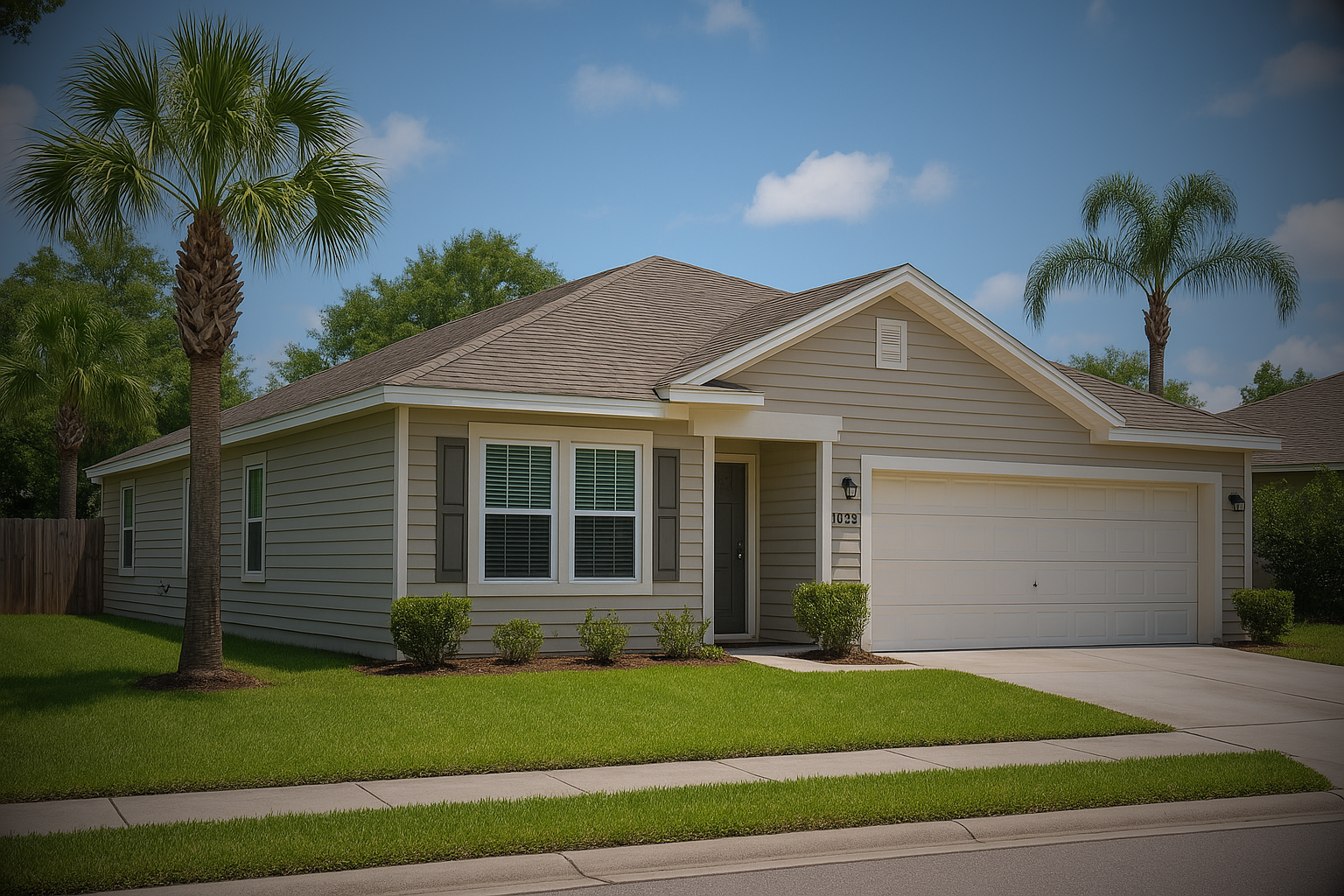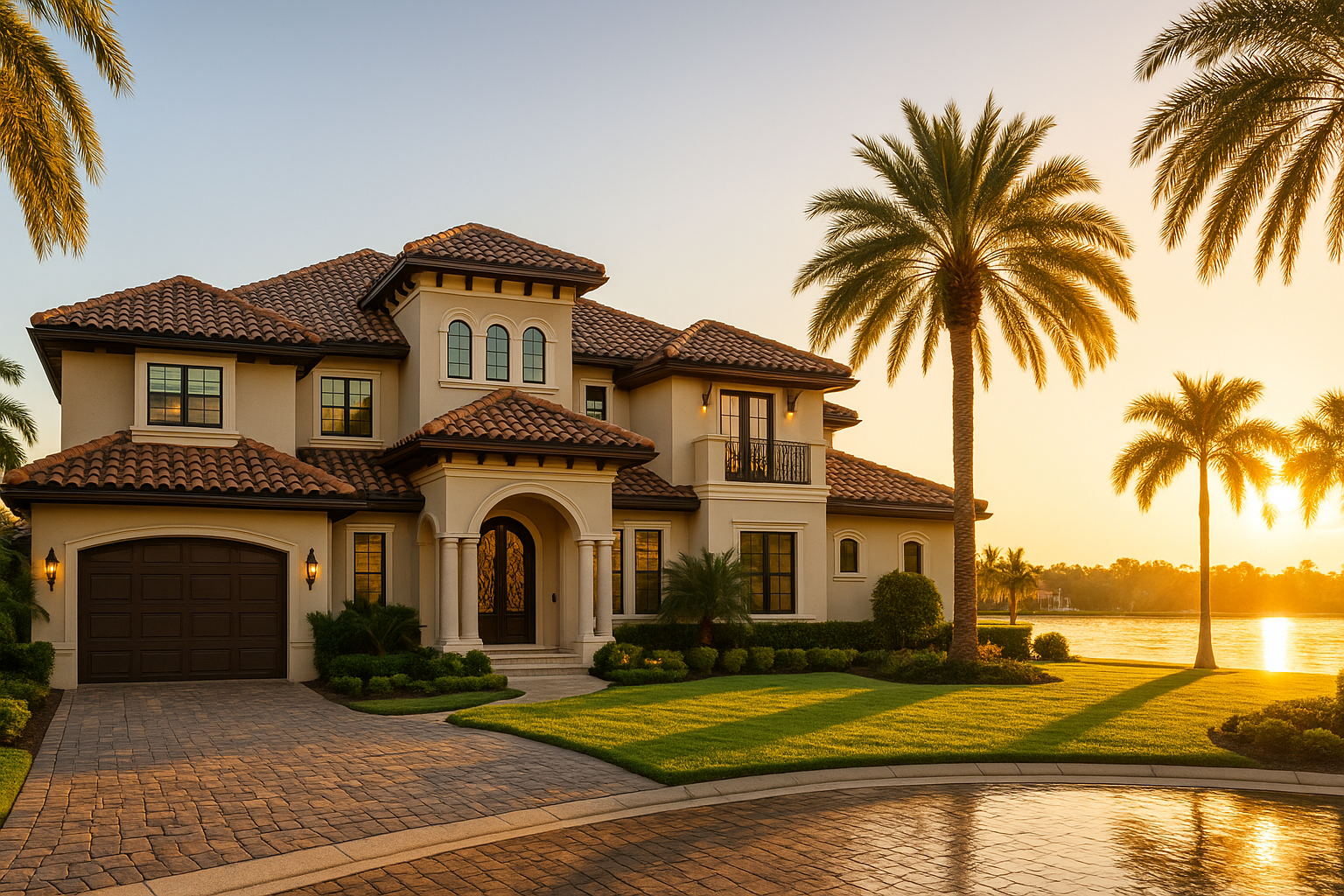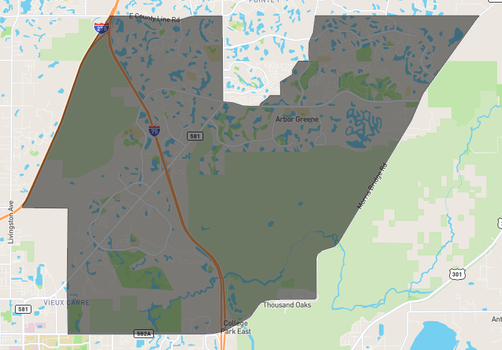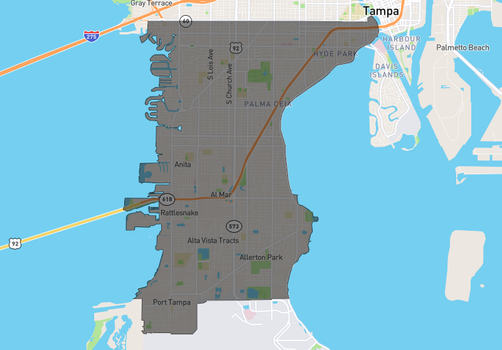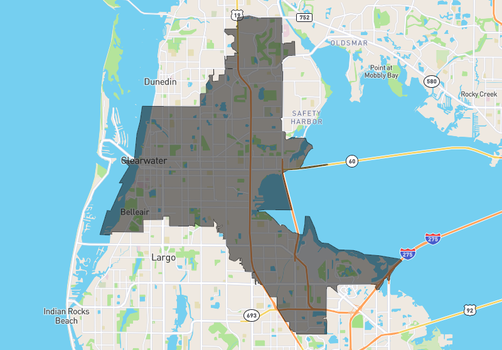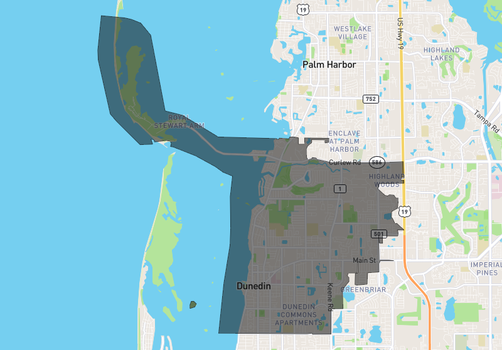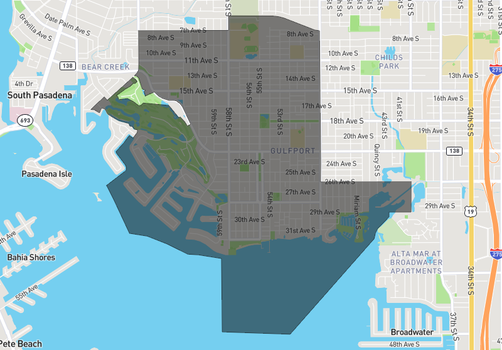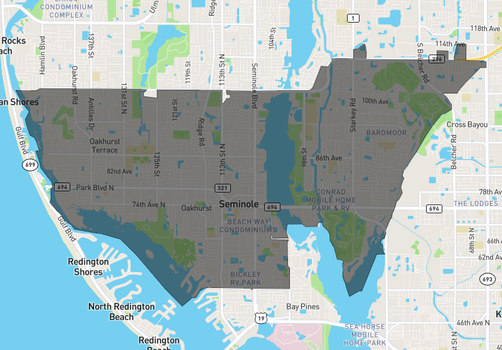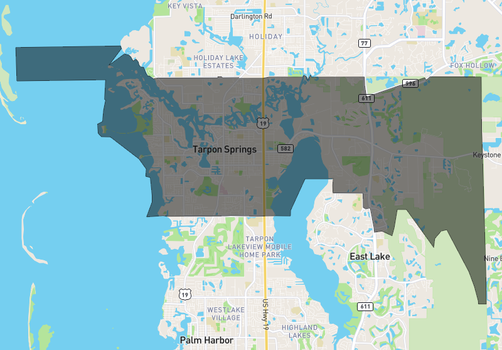The Lifestyle is Laid-Back, but Growing Fast
There’s a reason people come here and never leave. Tampa Bay living is relaxed and friendly, with a strong sense of local pride. We’ve got pro sports, dog-friendly breweries, weekend farmers markets, and waterfront everything. You’re never far from a good Cuban sandwich or a spontaneous sunset.
But what’s changed drastically in 15 years is the pace. This isn’t the sleepy Florida Gulf Coast town it once was. Development has boomed, especially in places like Midtown, Water Street, and downtown St. Pete. Areas like Wesley Chapel and Riverview that used to be cow pastures? Now they’re packed with master-planned communities, schools, and traffic lights.
That means more amenities, better restaurants, and job growth. But it also means longer commutes, crowded brunch spots, and waitlists for popular schools. For me, it's been wild to see the city transform—from a local secret to a major migration magnet.
The Community is Welcoming Because No One’s Really From Here
Tampa Bay is one of those rare places where everyone’s from somewhere else. Most of my neighbors over the years have been transplants—from the Northeast, the Midwest, even the West Coast. That’s a good thing. People are open, curious, and used to welcoming new faces.
Whether you're moving here for a fresh start or to escape high taxes and harsh winters, you’ll find your people. Want a beach-town vibe? Check out Gulfport. More arts and culture? Downtown St. Pete is your spot. Family-friendly suburb? Look at Lutz, Westchase, or Valrico. Want to walk to a cigar bar and speak Spanish with a barista? Ybor City still holds it down.
The beauty is, Tampa Bay offers a little bit of everything. But you do have to drive to get to most of it. Unless you’re living in a hyper-local pocket like Hyde Park or downtown St. Pete, this area is very car-dependent. Our public transportation is... let’s say “a work in progress.”
Housing is Still a Deal—But Not What It Used to Be
I remember when $250,000 could get you a nice 3-bed, 2-bath pool home in Carrollwood or Brandon. Those days are gone. Home values have exploded—especially after COVID as remote workers flocked here and investors started scooping up properties.
Now, the median home price in Tampa hovers in the mid-to-high $300Ks, and it’s not uncommon to see bidding wars on the well-priced stuff. Rents have also gone way up. Tampa used to be considered affordable; now we’re catching up to other hot metros.
That said, for out-of-state buyers coming from L.A., D.C., or New York, Tampa still feels like a steal—especially with no state income tax and lower property taxes than many other states. But what I tell buyers and investors now is: be strategic. If you’re buying today, it’s not about finding a "deal"—it’s about finding value that will hold or grow over the next 5–10 years.
Pro tip: look outside the usual suspects. Areas like Seffner, Temple Terrace, and Holiday still offer upside. St. Pete’s north neighborhoods are underrated. And multi-family or house-hacking strategies are very viable here.
Insurance is the Hidden Expense That’ll Smack You
Here’s the downside most folks don’t budget for: insurance. After 2022–2024’s insurance shakeup, Florida became one of the most expensive states for homeowners insurance—and Tampa wasn’t spared.
Some carriers have left the market entirely. Others have hiked rates. If your home is in a flood zone, add flood insurance. If it’s near the coast, you’ll need wind coverage. And if it’s older, you’ll need a wind mitigation inspection just to be insurable. I’ve seen people get quoted $4,000–$6,000 a year for coverage.
As someone who owns multiple properties, I’ve had to get strategic. Sometimes that means upgrading roofs and windows. Sometimes it means using Citizens Insurance (Florida’s last-resort carrier). Sometimes it means walking away from a deal because the numbers just don’t work once you factor in the premiums.
My advice: ask about insurance early. Don’t wait until you’re under contract. It can be a deal breaker.
Tampa Bay is in a full-blown growth phase. The airport’s expanding. Job growth is strong in healthcare, tech, and finance. We’ve got new restaurants and breweries opening monthly. National builders are breaking ground on communities left and right.
But with that growth comes growing pains. Traffic is worse than it was a decade ago. Infrastructure is playing catch-up. Some schools are overcrowded. And longtime locals are being priced out of areas they’ve lived in for generations.
If you’re moving here in 2025, you’re getting a city that’s still affordable by national standards, but no longer “cheap.” A city that’s dynamic and full of opportunity, but not without its trade-offs. A city where you’ll have to plan around hurricanes and commute times—but you can hit the beach any weekend of the year.
Final Thoughts from Someone Who’s Seen the Shift
Fifteen years ago, Tampa Bay felt like a huge small town. Now, it feels like a small big city—full of energy, culture, and momentum. Is it perfect? No. Is it overhyped? Not really. It’s just real. Like any place worth living, it has layers.
If you're thinking of moving to Tampa Bay, my advice is this:
Visit first, but don’t just do the tourist stuff. Drive the neighborhoods.
Be realistic about what you can afford—and what trade-offs matter to you.
Work with someone who knows the local market inside and out.
And be ready to fall in love with a city that’s not quite finished yet—but getting better every year.
Want help learning it? I’ve been here a while—and I’m not going anywhere.


